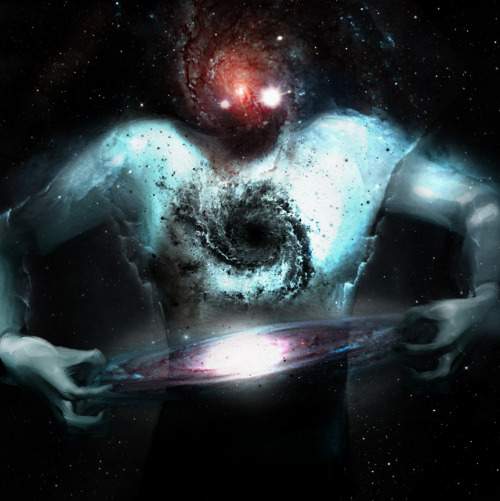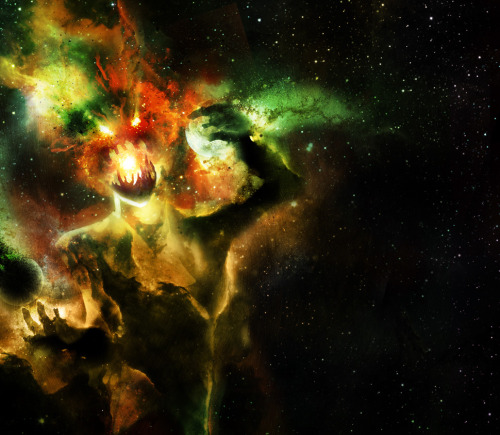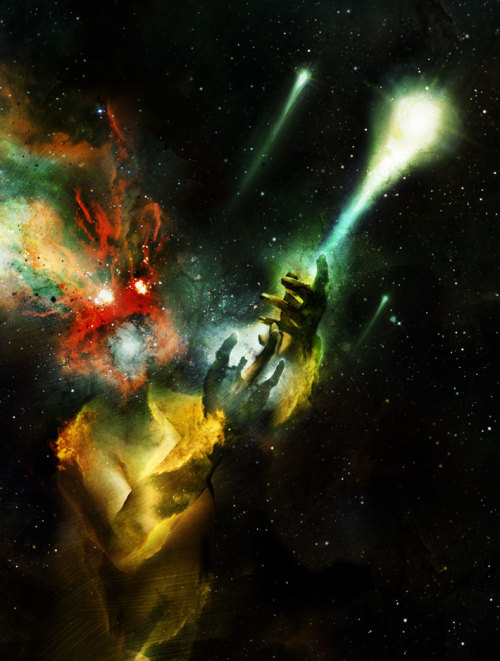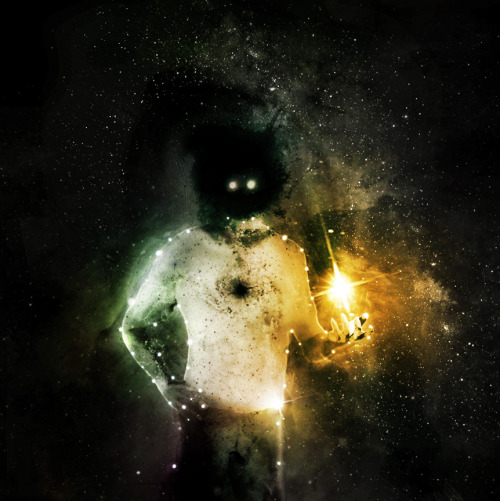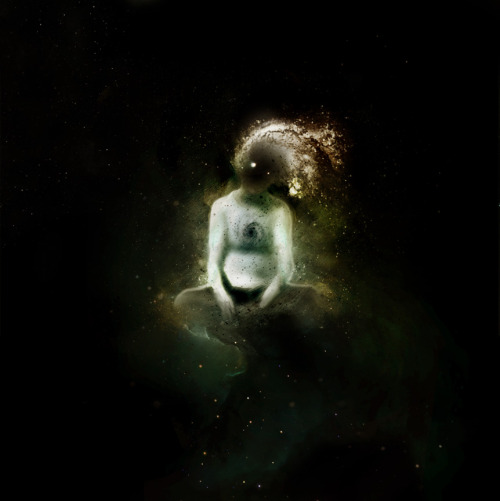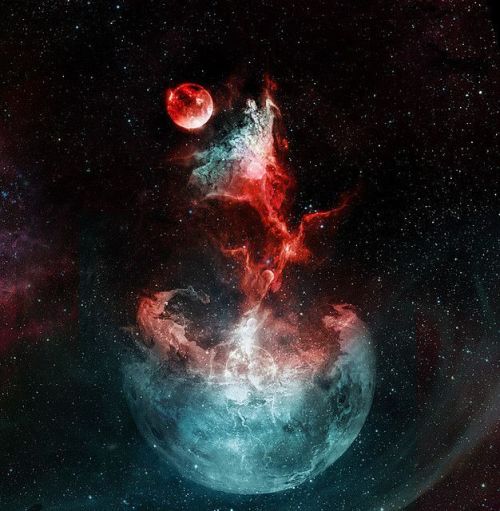Ocean On The Moon Europe

Ocean on the moon Europe
Scientists' consensus is that a layer of liquid water exists beneath Europa's surface, and that heat from tidal flexing allows the subsurface ocean to remain liquid.

Europa's surface temperature averages about 110 K (−160 °C; −260 °F) at the equator and only 50 K (−220 °C; −370 °F) at the poles, keeping Europa's icy crust as hard as granite. The first hints of a subsurface ocean came from theoretical considerations of tidal heating (a consequence of Europa's slightly eccentric orbit and orbital resonance with the other Galilean moons). Galileo imaging team members argue for the existence of a subsurface ocean from analysis of Voyager and Galileo images.

The most dramatic example is "chaos terrain", a common feature on Europa's surface that some interpret as a region where the subsurface ocean has melted through the icy crust.
The thin-ice model suggests that Europa's ice shell may be only a few kilometers thick. However, most planetary scientists conclude that this model considers only those topmost layers of Europa's crust that behave elastically when affected by Jupiter's tides.

The Hubble Space Telescope acquired an image of Europa in 2012 that was interpreted to be a plume of water vapour erupting from near its south pole The image suggests the plume may be 200 km (120 mi) high, or more than 20 times the height of Mt. Everest.
Life?
So far, there is no evidence that life exists on Europa, but Europa has emerged as one of the most likely locations in the Solar System for potential habitability. Life could exist in its under-ice ocean, perhaps in an environment similar to Earth's deep-ocean hydrothermal vents. Even if Europa lacks volcanic hydrothermal activity, a 2016 NASA study found that Earth-like levels of hydrogen and oxygen could be produced through processes related to serpentinization and ice-derived oxidants, which do not directly involve volcanism.

In 2015, scientists announced that salt from a subsurface ocean may likely be coating some geological features on Europa, suggesting that the ocean is interacting with the seafloor. This may be important in determining if Europa could be habitable. The likely presence of liquid water in contact with Europa's rocky mantle has spurred calls to send a probe there.
Missions

Europa Clipper is an interplanetary mission in development by NASA comprising an orbiter. Set for a launch in October 2024, the spacecraft is being developed to study the Galilean moon Europa through a series of flybys while in orbit around Jupiter.

The Europa Lander is a proposed astrobiology mission concept by NASA to Europa, an icy moon of Jupiter. If funded and developed as a large strategic science mission, it would be launched in 2027 to complement the studies by the Europa Clipper orbiter mission and perform analyses on site. NASA's budget for fiscal year 2021 neither mandates nor allocates any funds to the mission leaving its future uncertain.
The objectives of the mission are to search for biosignatures at the subsurface ≈10 cm, to characterize the composition of non-ice near-subsurface material, and determine the proximity of liquid water and recently erupted material near the lander's location.
source
More Posts from Outofambit and Others
This is the future of travel luggage.
I'm in Northern Michigan!

Map of cousins based on the directory. Some other cousins were added who have mentioned their whereabouts in conversation and i happened to remember but who are not listed. That said, consider this your invitation to update your directory listing if you so desire. There are several of you who are not in it who maybe want to be? (No pressure, of course!)
Orange dots are for people whose specific location was unclear, but i put them in the correct state/province (except that one in the middle of Canada, because all it said was ‘Canada’). Blue dots are close to the cities that were listed.
Some people have two dots, like me because i listed Cleveland and Boston, or like Erin because i know she’s moving soon.
Other locations listed were China, Japan, Asia, and i know there is at least one person in Germany.










Celestial Monsters by Chris Keegan
The thrill of outer space is that we really just have no goddamned clue what’s out there. Aliens? Sentient planets? Intergalactic space police? Probably all of these, plus unfathomably more bizarre creations we couldn’t possibly produce with our earthly imaginations. Chris Keegan took a pretty good stab at it though, manipulating images from NASA’s Chandra X-Ray Observatory of floating space debris and vast, lightyears-spanning nebule into dark and majestic forms, surely just an echo of the monolithic entities just beyond our telescopic grasp…
Artist: Website (via: Wired / io9)
see, the thing about the young wizards series is
the thing about diane duane is
she infuses everything with so much life. she gives everything thoughts and feelings and personality. she makes you care about them, makes them matter. from grass chorusing “grow grow grow” to planets explaining how they show affection towards fellow celestial bodies by resonating
it’s beautiful, and it’s vital in the truest sense of the word. and I love it. it’s important on a level that I can’t even fully comprehend. it’s almost spiritual
I never thought of myself as a spiritual person, never felt moved by something larger than me. but the things I’ve read about in this series? the intention and compassion and wonder for all things
that’s something I can believe in









fave reads of 2017: Deep Wizardry by Diane Duane
“And we will cause it to be well-made, this Sacrifice. You, young and never loving; I, old and never loved. Such a Song the Sea will never have seen.”
read if you like: middle grade fiction, male-female friendships, a blend of science fiction and fantasy, magic that has real and lasting consequences, and crying over large sea animals
gosh but like we spent hundreds of years looking up at the stars and wondering “is there anybody out there” and hoping and guessing and imagining
because we as a species were so lonely and we wanted friends so bad, we wanted to meet other species and we wanted to talk to them and we wanted to learn from them and to stop being the only people in the universe
and we started realizing that things were maybe not going so good for us– we got scared that we were going to blow each other up, we got scared that we were going to break our planet permanently, we got scared that in a hundred years we were all going to be dead and gone and even if there were other people out there, we’d never get to meet them
and then
we built robots?
and we gave them names and we gave them brains made out of silicon and we pretended they were people and we told them hey you wanna go exploring, and of course they did, because we had made them in our own image
and maybe in a hundred years we won’t be around any more, maybe yeah the planet will be a mess and we’ll all be dead, and if other people come from the stars we won’t be around to meet them and say hi! how are you! we’re people, too! you’re not alone any more!, maybe we’ll be gone
but we built robots, who have beat-up hulls and metal brains, and who have names; and if the other people come and say, who were these people? what were they like?
the robots can say, when they made us, they called us discovery; they called us curiosity; they called us explorer; they called us spirit. they must have thought that was important.
and they told us to tell you hello.

Fanart for the beautifully written Young Wizards fanfic What the Butterflies Said by AtypicalOwl, who I believe is @sunrisenebula here on Tumblr.
All right, lovely YW people on my dash (and beyond), willing to hook me up on whats so awesome about it? The title sounds dorky but apparently this is good
Reasons the Young Wizards series is wonderful: there’s a scene that can be described as “Tiny kitten Roasts Satan” and it’s the best thing ever
-
 kvethashurtugal reblogged this · 3 months ago
kvethashurtugal reblogged this · 3 months ago -
 kvethashurtugal liked this · 3 months ago
kvethashurtugal liked this · 3 months ago -
 redflamesofpassion reblogged this · 10 months ago
redflamesofpassion reblogged this · 10 months ago -
 atlattacus liked this · 1 year ago
atlattacus liked this · 1 year ago -
 lovelyabstract reblogged this · 1 year ago
lovelyabstract reblogged this · 1 year ago -
 reptilepolice reblogged this · 1 year ago
reptilepolice reblogged this · 1 year ago -
 sanguineblue reblogged this · 1 year ago
sanguineblue reblogged this · 1 year ago -
 glaringmuffingossip liked this · 2 years ago
glaringmuffingossip liked this · 2 years ago -
 azaniacy reblogged this · 2 years ago
azaniacy reblogged this · 2 years ago -
 thenocturnalrush liked this · 2 years ago
thenocturnalrush liked this · 2 years ago -
 zaque-vynne liked this · 2 years ago
zaque-vynne liked this · 2 years ago -
 hellohellopostsnothing liked this · 2 years ago
hellohellopostsnothing liked this · 2 years ago -
 chalium liked this · 2 years ago
chalium liked this · 2 years ago -
 tiredghostpanda reblogged this · 2 years ago
tiredghostpanda reblogged this · 2 years ago -
 tiredghostpanda liked this · 2 years ago
tiredghostpanda liked this · 2 years ago -
 tahwan reblogged this · 2 years ago
tahwan reblogged this · 2 years ago -
 apileofbluestuff reblogged this · 2 years ago
apileofbluestuff reblogged this · 2 years ago -
 citruscrumples liked this · 2 years ago
citruscrumples liked this · 2 years ago -
 sciencestuffforme reblogged this · 2 years ago
sciencestuffforme reblogged this · 2 years ago -
 shirokona reblogged this · 2 years ago
shirokona reblogged this · 2 years ago -
 redlunarash liked this · 2 years ago
redlunarash liked this · 2 years ago -
 imrryr liked this · 2 years ago
imrryr liked this · 2 years ago -
 zurgsoftblog liked this · 2 years ago
zurgsoftblog liked this · 2 years ago -
 dash-n-step reblogged this · 2 years ago
dash-n-step reblogged this · 2 years ago -
 dash-n-step liked this · 2 years ago
dash-n-step liked this · 2 years ago -
 sasuke-shway liked this · 2 years ago
sasuke-shway liked this · 2 years ago -
 tresfoufou liked this · 2 years ago
tresfoufou liked this · 2 years ago -
 just-thinking-about-hogwarts liked this · 2 years ago
just-thinking-about-hogwarts liked this · 2 years ago -
 ventureexpedtion-1933 reblogged this · 2 years ago
ventureexpedtion-1933 reblogged this · 2 years ago -
 ventureexpedtion-1933 liked this · 2 years ago
ventureexpedtion-1933 liked this · 2 years ago -
 problematiquebitch liked this · 2 years ago
problematiquebitch liked this · 2 years ago -
 mellowmakermugpalace liked this · 2 years ago
mellowmakermugpalace liked this · 2 years ago -
 lavvenderskiies liked this · 2 years ago
lavvenderskiies liked this · 2 years ago -
 rothenburgkind liked this · 2 years ago
rothenburgkind liked this · 2 years ago -
 0rchidm4ntis liked this · 2 years ago
0rchidm4ntis liked this · 2 years ago -
 coloursunlimited liked this · 2 years ago
coloursunlimited liked this · 2 years ago -
 istillbelieveinmalebeauty reblogged this · 2 years ago
istillbelieveinmalebeauty reblogged this · 2 years ago -
 memezeek liked this · 2 years ago
memezeek liked this · 2 years ago -
 rochawentsad liked this · 2 years ago
rochawentsad liked this · 2 years ago -
 humdrum-sun liked this · 3 years ago
humdrum-sun liked this · 3 years ago -
 keendaanmaa liked this · 3 years ago
keendaanmaa liked this · 3 years ago -
 imjustexistingtbh reblogged this · 3 years ago
imjustexistingtbh reblogged this · 3 years ago
A personal temporospatial claudication for Young Wizards fandom-related posts and general space nonsense.
288 posts

